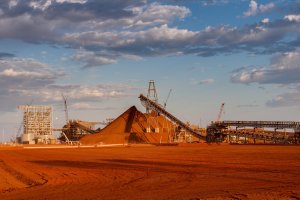wickidwombat said:
I'm interested to see if LR4 can open the 32bit radiance tiff files though that will be very cool
Yes it can and you get + and - 10 stops in the exposure slider. I import all my images to Lightroom and then select the frames I want to HDR in PS, then just go Phot-Edit In-Merge to HDR Pro in Photoshop, no need for Bridge, it will then export the finished 32bit file back into the same folder as all the originals.
The PS 32 bit method is beautiful, if you have the time to do multiple exposures it blows a D800 out of the water, the DR is staggering. But the file sizes are around 270mb for a 21MP 32bit image and they take some time to process, well worth it for detailed landscapes etc to print big, but Enfuse works plenty well enough for real estate type work. I find I tend to use Enfuse for interiors and Photomatix for exteriors, the PS 32bit HDR is saved for best work.
If you like I will post comparisons between normal exposure, Enfuse, Photomatix and PS 32bit, but they will have to be late tomorrow or Monday.

